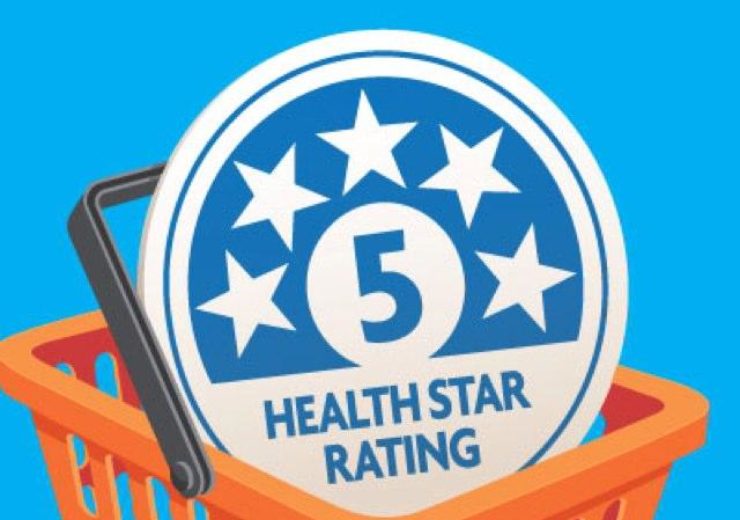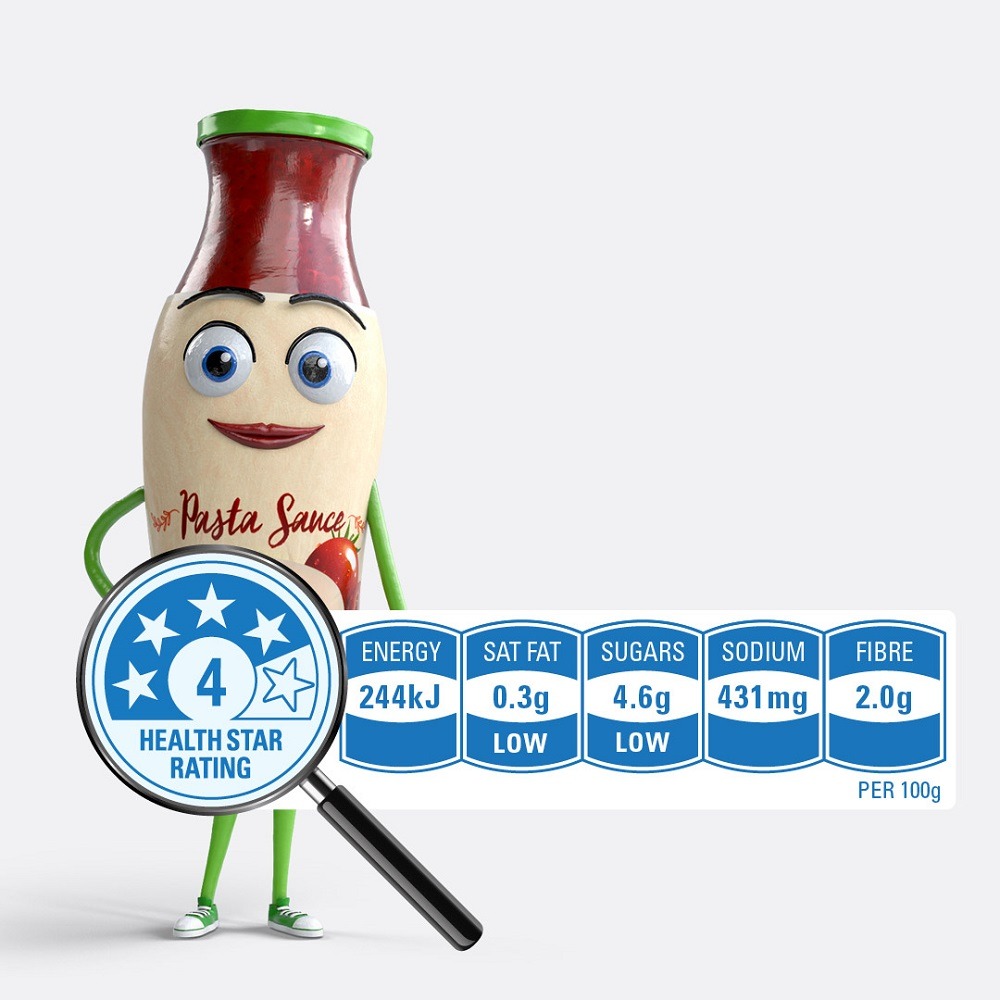The Health Star Rating is a front-of-pack labelling system rating the overall nutritional value of packaged food, giving a rating from half a star to five stars

The Health Star Rating was launched by Australia and New Zealand Ministerial Forum on Food Regulation in 2014 (Credit: Twitter/Health Starting/@healthstarsau)
Food manufacturers in Australia and New Zealand should be mandated to adopt the Health Star Rating (HSR) system, according to a public lawyer.
Alexandra Jones, also a research fellow at medical research institute The George Institute for Global Health, believes the programme could be made more effective by learning lessons from other countries.
It comes as the Australia and New Zealand Ministerial Forum on Food Regulation published its five-year review into the HSR nutrition labelling scheme, offering strong support for it to continue after finding it had performed well.
What is the Health Star Rating in Australia and New Zealand?
HSR is a front-of-pack labelling system rating the overall nutritional value of packaged food, giving a rating from half a star to five stars.
It claims to offer a “quick, easy and standard way to compare similar packaged foods”.
Jones said: “Unhealthy diets are a leading cause of death and disability in Australia and around the world, fuelled by the unprecedented availability, accessibility and affordability of processed and pre-packaged foods.
“Governments are responding by implementing stronger food labelling to encourage healthier food choices and promote food reformulation by industry, but they need to keep pace with the evidence to address the growing health burden.
“In Australia, it’s encouraging to see that food ministers have adopted a number of recommendations from leading consumer groups in the recent HSR review, such as removal of the energy icon.
“This is a big win for consumers as it was being used mainly on low-scoring confectionery and soft drinks in lieu of providing the true rating of these junk foods.
“But in other areas, we are still lagging behind – 10 countries now have mandatory labels, and eight of these have been adopted in the last five years.
“There’s no reason, other than obvious food industry opposition, why the HSR couldn’t also be mandatory.”
Broad support for the removal of the energy icon from the Health Star Rating system
The HSR system was devised in 2014 as a way to tackle the obesity problem in Australia.
According to a 2011-12 Australian Health Survey, 63% of adults and one in four children were either overweight or obese.
Most products in the country carry a nutrition information panel, which provides important information about the contents of the food.
The HSR system is designed to provide an easy way to compare similar packaging foodstuffs, helping consumers to make healthier choices.

An independent review into the system was carried out ahead of the food regulation forum’s five-year audit, considering if and how well it had met its objectives.
The review presented 10 options designed as enhancements to the HSR system, all of which were broadly supported by the group.
Its recommendations included keeping it as a voluntary scheme, but to develop clear uptakes targets with a view to mandate it if these are not achieved.
Alongside this, the forum supported a recommendation to remove the energy icon – which informs a consumer how energy is released from carbohydrates, fats, proteins and other organic compounds by a product – from the system.
The reason is because the icon doesn’t adhere to the objective of the HSR system to provide convenient, relevant and readily understood nutrition information on food products.
